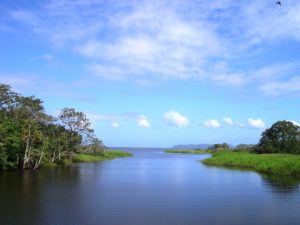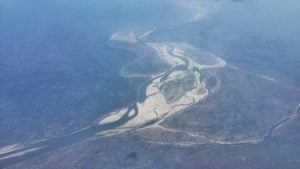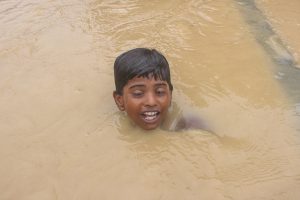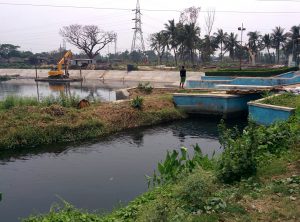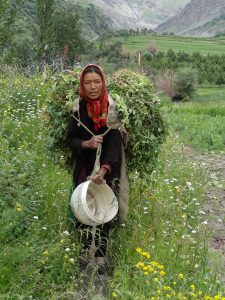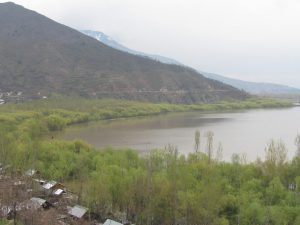The ecological and human impacts of dam development are discussed and debated around the world, but health impacts are ignored? Dams have long been associated with high incidences of schistosomiasis but the connection has not always been clear. A new study, however, suggests that dams cause the disease to spike, by blocking the reproduction of migratory river prawns that eat the host snails of schistosomiasis.
Also known as bilharzia, schistosomiasis affects almost 240 million people around the world, but 700 million live in endemic areas. People are infected by coming into contact with fresh water infested with the larval forms of parasitic blood flukes, known as schistosomes, which live in freshwater snails. Once inside the body, the schistosomes mature into flatworms, which travel to the blood vessels where they mate, producing eggs. The eggs leave the body as part of the urine and faeces, and the cycle begins again.
The new study, authored by 16 researchers from numerous US universities, identifies where dam catchments intersect with endemic schistosomiasis. The research, published by The Royal Society, compared infection rates before and after the construction of 14 large dam sites in western and sub-Saharan countries. It surveyed people living in upstream catchment areas where prawns had previously been present, dammed catchments where prawns had never been present, and comparable undammed watersheds. The research concludes that damming rivers cause higher incidences of schistosomiasis in areas where there were prawns, than in areas where there were not.
The link
The link between dams, prawns and schistosomiasis is not entirely new. After the Diama Dam was completed in the Senegal River Basin in the 1980s, prawn populations declined and schistosomiasis increased. When prawns were restored to a water-access site upstream of the dam, the number of snails and human schistosomiasis reinfection rates decreased.
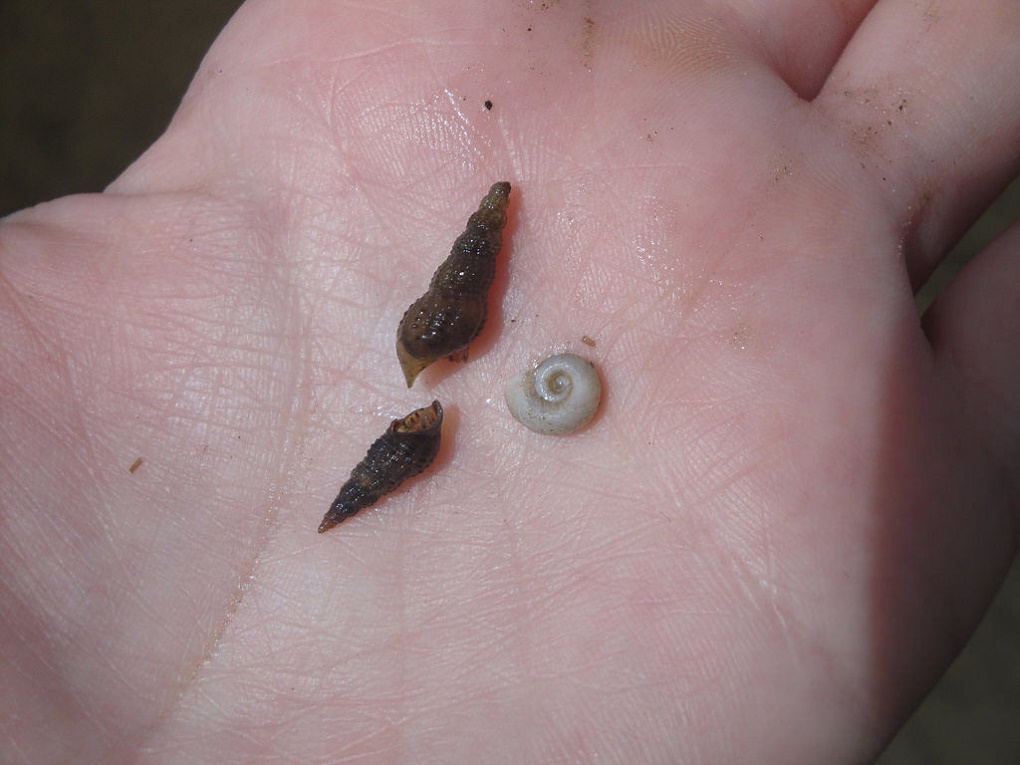
A cheap and effective treatment for schistosomiasis – praziquantel – is available. Mass preventative treatment programmes by the World Health Organization usually focus on vulnerable communities, such as schoolchildren and those who live and work near freshwater in endemic areas. Other preventative measures have been focused at the source; killing host snails using chemical treatments. But this has implications on other animals in the area – such as livestock – and the treatment must be repeated to prevent snails from returning.
Restoring the balance, and health
The study published in The Royal Society suggests a new form of prevention; restoring native prawns to dam catchment areas. The authors argue that this could be an effective ecological solution to reduce schistosomiasis, and could benefit up to half the global population at risk of infection.
Meanwhile, another study has assessed the impact of China’s Three Gorges Dam on changes to snail distribution and schistosomiasis transmission in the area of Dongting Lake, the first lake after the dam on the Yangtze river.
In the study, published in the Public Library of Science in July 2017, Hongzhuan Tan and colleagues from Central South University collected data on snail distribution and human schistosomiasis infection around the lake, as well as hydrological data from 12 monitoring sites on the Yangtze before and after the dam started operations in 2010. The research found that snail numbers are significantly associated with water levels; due to decreases in the volumes of runoff and sediments flowing into the lake following the dam’s opening, the density of living snails declined by 94%. In turn, rates of human schistosomiasis decreased by almost 87%. The researchers believe that the lake became an unsuitable environment for snails, due to fluctuating water levels in the summer and winter, but said that as the issue is more complex, prolonged studies are needed to address effective control in the Dongting lake area.
![<p>Schistosoma ovum in the lung parenchyma surrounded by a chronic inflammatory cellular infiltrate. Granulomatous reactions may also be seen [image by: Philip Kane / Flickr]</p>](https://dialogue.earth/content/uploads/2017/08/Schistosomiasis-through-telescope.jpg)
